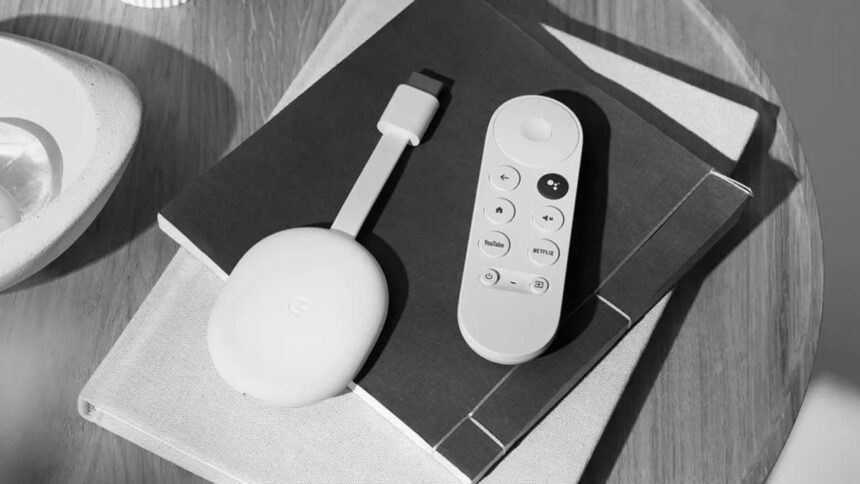Google has announced the discontinuation of its Chromecast line, coinciding with the launch of its new Google TV Streamer. This marks the end of an 11-year run for the popular TV dongle, which saw five different models over its lifetime.
Until recently, Google offered two Chromecast variants: a 4K-capable model with Google TV, introduced in 2020, and a more basic HD version launched in 2022. While these models will continue to be available until current stocks are depleted, Google has confirmed that no new units will be produced.
This shift in Google’s strategy comes amidst the widespread adoption of smart TVs, which now commonly feature built-in operating systems for streaming applications, even in entry-level models. This development has largely rendered the primary function of Chromecast redundant.
The landscape has changed dramatically since 2013 when the first Chromecast was introduced as a USB-like device designed to add smart capabilities to non-smart TVs via their HDMI ports.
Over subsequent generations, Google refined the Chromecast design, adopting a circular format that became iconic for the product line. However, with the introduction of the Google TV Streamer, the company is now pivoting towards offering experiences that extend beyond the typical streaming functionalities found on other smart TV platforms.
This new direction includes enhanced integration with Google Home for smart home controls and the incorporation of AI-powered features, such as content recommendations and summaries generated by Google’s Gemini AI.
By evolving its streaming device offerings, Google aims to differentiate itself in an increasingly saturated market, focusing on value-added features that complement and enhance the smart TV experience rather than simply mirroring capabilities already present in many modern televisions.











